13. Metroid Prime: Federation Force
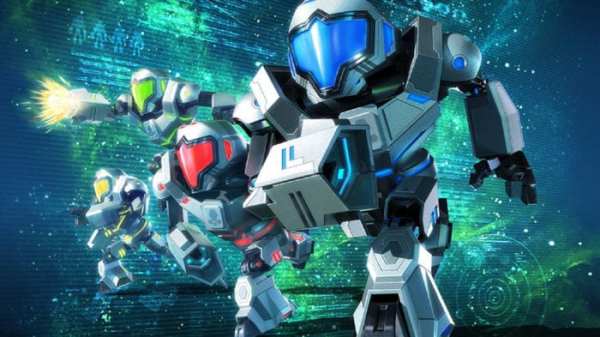
Federation Force certainly isn’t a bad game, it just doesn’t feel as “Metroid” as other games in the series, due in no small part to the absence of a playable Samus. This spin-off casts you as a Federation Marine in the Bermuda System, taking on Space Pirate forces and other threats. The chibi, super-deformed art style of the game was a bit of a strange fit for Metroid, and a far cry from anything else we’d seen in the series before.
The closest comparison for how Federation Force plays would be Metroid Prime Hunters, as it’s a handheld FPS, although it lacks touch controls. Up to four players can play cooperatively in the missions the campaign is split up into, and there’s plenty of bosses to battle in Metroid fashion. There’s also a competitive sports-like Blastball mode that can be played online or locally. Federation Force is a solid FPS title on 3DS, but the missions lack variation, it’s very multiplayer focused, and it just doesn’t provide that same, tense, atmospheric feel that other games in the series do.
12. Metroid Prime Pinball

Metroid and pinball aren’t exactly two things that immediately spring to mind together, but there’s a game for that. The unlikely merging between the two actually turned out surprisingly well, as Metroid Prime Pinball is definitely a competent pinball game. The Metroid atmosphere is spot on with creepy sound effects and impressive graphics, and the game even throws in a few twists to the formula.
You’ll need to collect twelve different artifacts through the various tables, that are gained by beating minigames or bosses. Yes, there are minigames in a pinball game, and while these are fun, they can start to feel old after you’ve played them a few times. Metroid Prime Pinball is a fine game, but it doesn’t have a ton of staying power, as there’s not much of a reason to go back after you’ve played through the various tables and modes.
11. Metroid II: Return of Samus – Game Boy
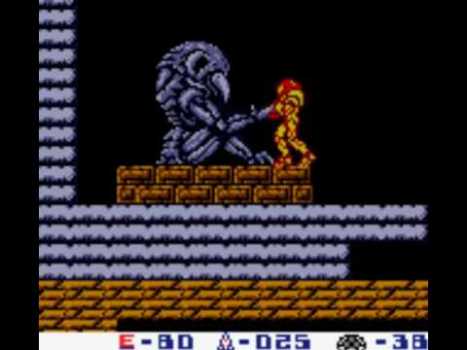
Metroid created a brand new franchise for Nintendo, and they followed up on the first game with an impressive handheld outing for Samus. Return of Samus sends our favorite bounty hunter to the Metroid’s homeworld of SR-388, to eradicate the parasites forever. Metroid II takes a decidedly different approach to its design, however, as its gameplay is entirely based on hunting down the creatures. Each area in the game has a set number of Metroids you need to eliminate, and once you’ve done so an earthquake will occur, opening up the next area filled with Metroids, until of course, you reach the end.
Exploration is key to Metroid II, and the various caverns of SR-388 are expansive. Although Super Metroid would go on to forward the formula, Metroid II was a strong entry for creating that Metroidvania idea. It was also the game that introduced things like the Spazer Beam, Plasma, Beam, Spider Ball, and Spring Ball. Of course, as we’ll get to later Metroid II was improved upon greatly.
10. Metroid: Other M
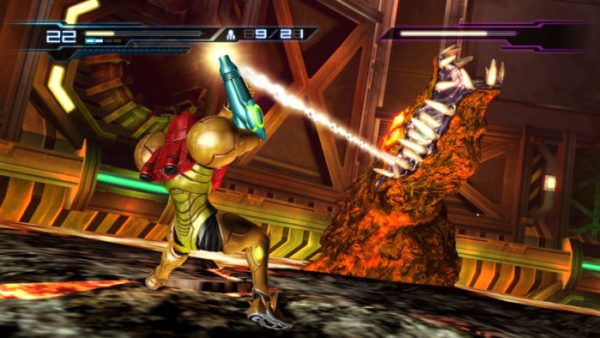
Metroid: Other M is certainly a divisive game among fans, mostly because of how it handles Samus as a character. In a strange turn, Other M actually wasn’t developed by Nintendo, but instead given to Team Ninja of Ninja Gaiden fame. Other M takes place in between Super Metroid and Fusion, and for the first time really gives Samus a voice. There’s a heavy focus on story, and obvious plot twists and points are repeated multiple times. The story and writing is by far the biggest criticism you can weight against Other M, however, there’s still a technically sound game here.
Other M uses a simple control scheme, moving Samus around 3D areas while platforming, solving puzzles, and battling enemies. Combat is mostly in third-person, and more action-oriented than other Metroid games, while also giving you the option of switching into first-person to target weak points or examine things. Team Ninja also did a good job of capturing the look and feel of Metroid, with plenty of eerie old ruins and atmospheric horror layered into the game. While Other M is short and its story is contrived, there’s still a good time to be had with it.
9. Metroid Prime Hunters
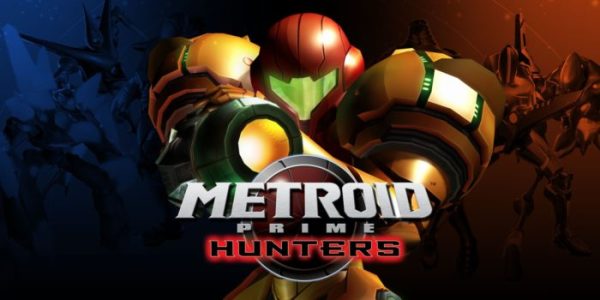
Metroid Prime changed the series forever by turning it into a first-person shooter, while still faithfully retaining the elements that made Metroid unique. After getting a couple entries on GameCube, the Prime series was also brought to Nintendo DS with Metroid Prime Hunters. Hunters is created with the DS in mind, adapting to the limitations of the system, while introducing things like touch controls.
Hunters takes place as the Galactic Federation receives a strange transmission, and sends Samus to investigate and retrieve a potential “ultimate power.” Six other bounty hunters intercept the transmission and seek to retrieve the power, interfering with Samus along the way. Hunters is much more fast-paced than the other Prime games, and its combat is thrilling if not harrowing at the same time. Going up against the other bounty hunters is an incredibly tense experience, and one that requires a lot of concentration and skill on the player’s part. It was truly impressive how Nintendo managed to create such a competent shooter on the DS, and while it may not hold the mystery and grandness of the other Prime games, it’s definitely a worthy entry.
8. Metroid Prime 3: Corruption
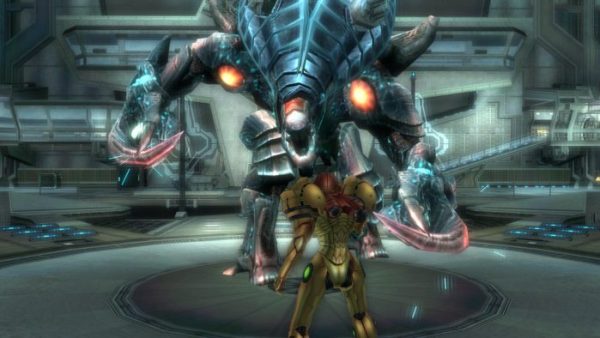
Metroid Prime carried over to the Wii with Corruption, closing out the Prime trilogy. Corruption has Samus teaming up with three other bounty hunters to stop a space pirate attack on the Galactic Federation, but things take a turn when the mysterious Dark Samus comes into the picture. Being on the Wii, Corruption implements motion controls for its shooting, and while this is a big change from the last two titles, the controls work incredibly well.
Metroid Prime 3: Corruption is easily one of the most visually impressive titles on Wii, and one of the best games on the system period. It’s a true testament to the quality of the Prime trilogy that the other two games manage to be better than Corruption.
7. Metroid
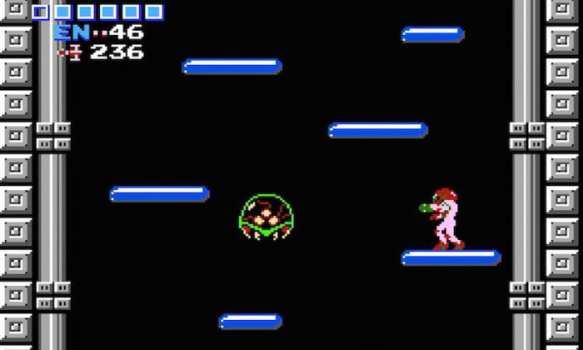
This is where it all started, where we were introduced to Samus and that initial taste of Metroidvania-style gameplay. While big improvements have been made over the years, the original Metroid still holds up fairly well today. The sprites in the game stand out vibrantly, and even with the limited abilities of the NES, the game’s soundtrack is just as eerie and memorable as anything in the rest of the series.
Metroid is an all-time classic, and any fan of the series should make sure they’ve seen where it started.
6. Metroid: Zero Mission

While the original Metroid definitely holds up today, that didn’t stop Nintendo from completely remaking it for the Game Boy Advance. Zero Mission uses ideas from later iterations of Metroid, particularly Super Metroid, and lays those on top of the design of the original game. There’s new powerup abilities, minibosses, and even an entirely new area called Chozodia. Zero Mission also features the first instance of us being able to play as Samus in her Zero Suit, making her weaker and more vulnerable without her armor. The game didn’t just remake the first Metroid, it helped further the formula of the series in general, something that’d happen again years later.
5. Metroid Prime 2: Echoes
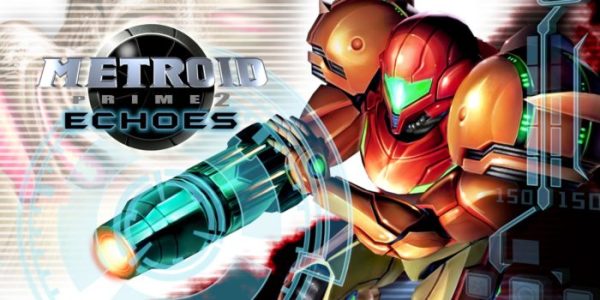
Metroid Prime 2: Echoes keeps the same core as the first, but introduces some pretty unique elements. Story is a bigger focus this time around, as Samus discovers a mysterious force on the planet Aether that killed a squad of Federation Marines. This is where she meets her deadly doppelganger, Dark Samus, for the first time.
Echoes has a unique mechanic that gives Samus a light and a dark world to explore, where changes in one world will take place in the other. You’ll need to explore both to solve puzzles and progress through the game, and while the layout of each is generally the same, the different dimensions can contain different rooms, enemies, obstacles, and more. Echoes was a great game in its own right, and while it wasn’t the huge change that the first Metroid Prime was, it stands near that title in terms of quality.
4. Metroid Fusion
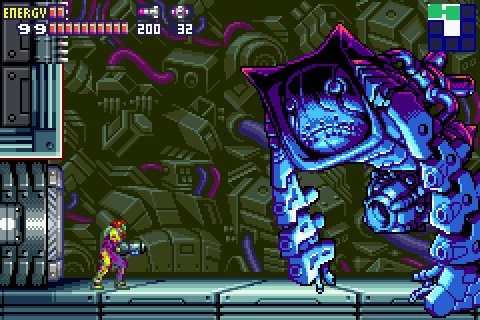
Fusion was released right alongside Metroid Prime, a new 2D entry to match the big new change for the series. However, Fusion introduces quite a few new concepts itself. While exploring the surface of SR-388, Samus and her squad are attacked by the “X” parasite, which infects Samus’ Varia Suit and central nervous system. This leads to pieces of her suit actually molding onto her body.
The entirety of Fusion takes place aboard an abandoned space station that Samus is investigating because an X parasite that has broken free. A few new concepts are introduced with the game, like the ability to grab ledges or ladders, and Navigation Rooms to point where you need to go to next. Fusion is a bit more linear than other Metroid games with a heavier emphasis on story, but it doesn’t suffer for it. The atmosphere in the game is incredible, and there’s a sense of dread that hangs over everything, not to mention the pulse-pounding sections that have you running from Samus’ infected Varia Suit the “SA-X,” reanimated through the parasite. Metroid Prime may have been the bigger release, but Fusion definitely shouldn’t be glossed over because of that.
3. Metroid: Samus Returns

It had been years since we’d seen a proper 2D Metroid game before 2017, with fans holding little hope of the series returning to its roots. Samus came back in a big way this year though with Metroid: Samus Returns, a complete remake and overhaul of Metroid II. Samus Returns uses the same basic structure of Metroid II for hunting down the creatures, but it implements all the years of innovations in the series to create a traditional but modern gameplay experience. It also introduces new mechanics like the ability to use a melee counterattack to stop enemies’ attacks.
Samus Returns also introduces new areas, content, and bosses. In truth, it feels like a brand new Metroid game rather than a remake, and it’s a great way for the series to get back on track, and figure out its way forward.
2. Metroid Prime

Metroid Prime changed the franchise forever, and it somehow perfectly adapted the methodical exploration and platforming of the series into a first-person shooter format. The game takes place between Metroid II and Super Metroid as Samus receives a distress signal from the space pirate frigate Orpheon, whose crew has been annihilated by their own genetic experiments.
Despite being in first-person, Prime really feels like a Metroid game. Exploration is really the focal point of the title, and you’ll find plenty of mainstays like collecting items and powerups and solving puzzles along the way. Flipping to a different perspective, however, gave the atmosphere and feeling of Metroid a huge boost, Prime’s world is gorgeous, mysterious, and deadly, and a scanner function in the HUD lets you uncover a ton of lore. It stands almost at the top of the series, and Metroid Prime was easily one of the very best GameCube games.
1. Super Metroid
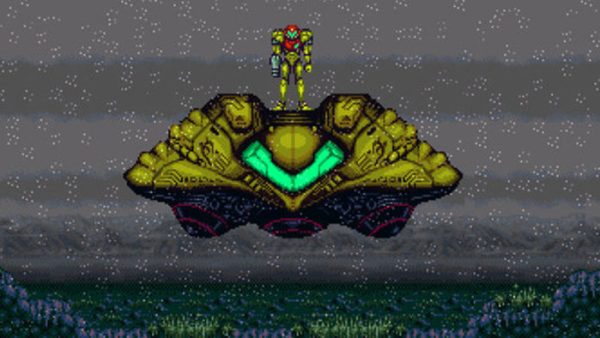
Even after years of stellar entries, Super Metroid stands the test of time as the best of Metroid, and a highly influential game in general. Super Metroid really cemented the idea of Metroidvania gameplay, giving players a huge world to explore with different routes and interconnecting areas. Of course, Super Metroid also did a great job of incentivizing exploration, giving players consistent bonuses and rewards to work towards. The game also holds up incredibly well with fantastic sprites and an incredibly memorable soundtrack.
Super Metroid was one of the key games that inspired the genre and even influences games today like Nex Machina. Despite everything, Super Metroid stands above them all, which may just be why the first two games have been remade to feel more like it.
